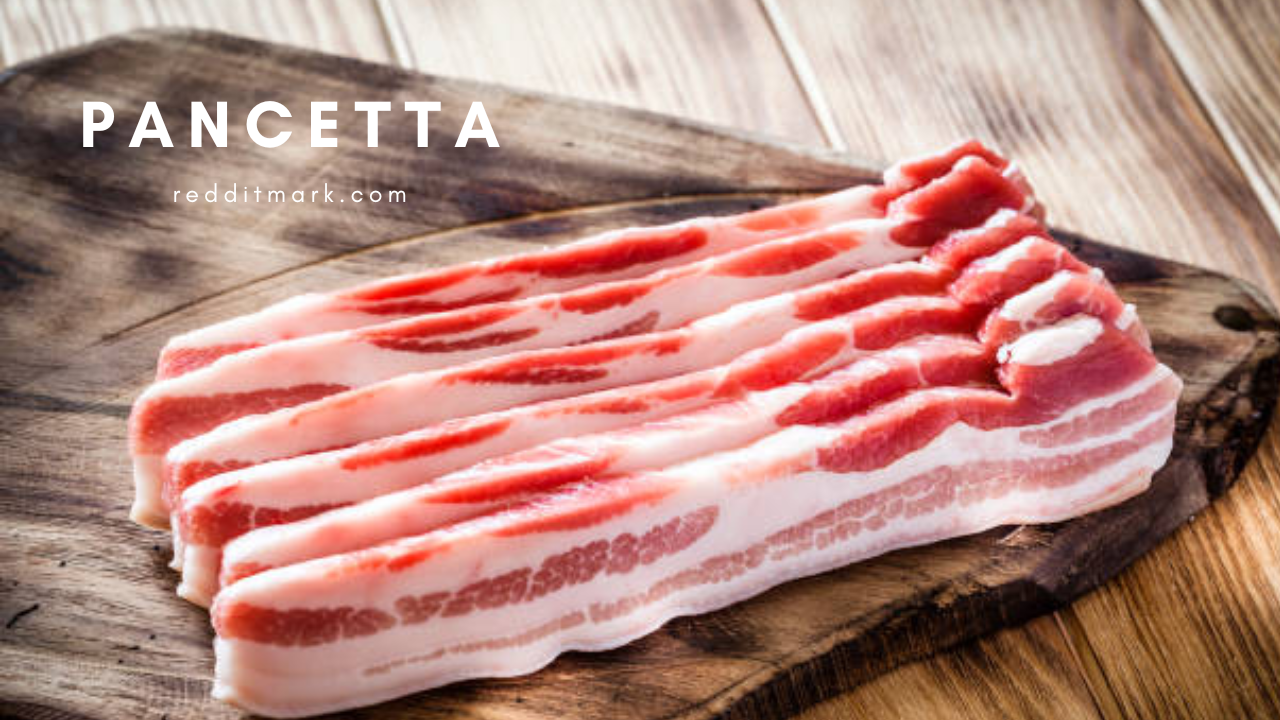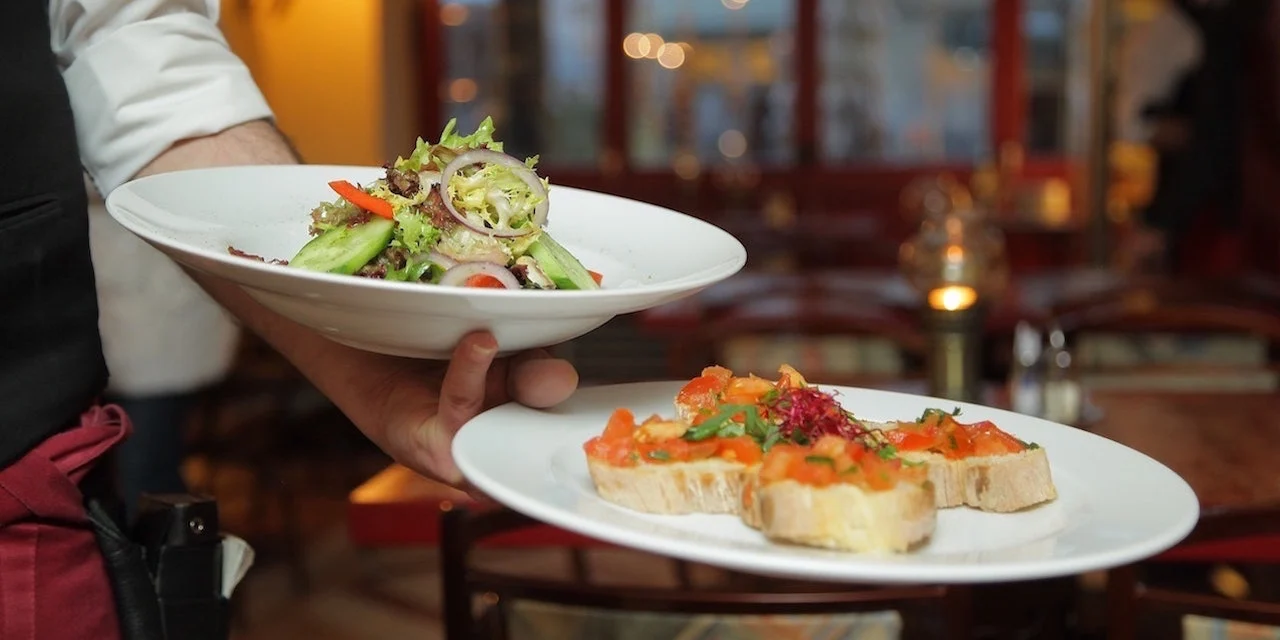Introduction
Salami is a type of cured sausage that has delighted taste buds for centuries. Its rich history, diverse varieties, and unique flavors make it a be loved food item around the world. In this article, we’ll explore what it is, how it’s made, and the different types you can find. We’ll also touch on its cultural significance and how to enjoy it in your meals.
It is a type of cured meat made from ground pork, beef, or other meats mixed with spices and seasonings. The mixture is then stuffed into a casing, usually made from the animal’s intestines, and left to ferment and dry. This process gives this dish its distinctive flavor and long shelf life.
How is Salami Made?
The process of making salami involves several steps:
- Grinding the Meat: The meat is finely ground to achieve the right texture.
- Mixing Spices: Various spices, herbs, and seasonings are added to the meat. Common ingredients include garlic, pepper, fennel seeds, and wine.
- Stuffing the Casing: The seasoned meat is stuffed into casings, which help shape the salami and protect it during the curing process.
- Fermentation: It is left to ferment, which helps develop its unique flavor. This step can take several days to weeks.
- Drying: Finally, it is hung to dry in a controlled environment.
Types of Salami
Here are some popular varieties:
Genoa Salami
Genoa salami is a classic Italian variety made from pork and seasoned with garlic, pepper, and red wine. It’s known for its soft texture and rich, tangy flavor.
Pepperoni
Pepperoni is a type of American salami that’s popular as a pizza topping. Made from pork and beef, it’s seasoned with paprika and chili pepper, giving it a spicy kick.
Soppressata
Soppressata is another Italian salami, often made from pork and seasoned with garlic and black pepper. It’s known for its coarse texture and robust flavor.
Chorizo
Chorizo is a Spanish and Mexican salami made from pork and seasoned with smoked paprika and garlic.
Cultural Significance
It has a rich cultural history and is a staple in many cuisines around the world. In Italy, it is often enjoyed as part of an antipasto platter, paired with cheeses and olives. In Spain, chorizo is a key ingredient in many traditional dishes, like paella and tapas. In the United States, pepperoni is a beloved pizza topping, enjoyed by people of all ages.
Enjoying Salami
It is incredibly versatile and can be enjoyed in many ways:
- On a Charcuterie Board: Pair salami with cheeses, crackers, fruits, and nuts for a delicious appetizer.
- In Sandwiches: Add slices of it to your favorite sandwich for a flavorful twist.
- On Pizza: Top your homemade pizza with pepperoni or other types of salami for a classic taste.
- In Pasta Dishes: Chop it into small pieces and add it to pasta sauces for extra flavor.
Varieties of this dish
Aside from the popular types mentioned earlier, there are countless regional and specialty varieties of salami. In Italy alone, different regions are known for their unique styles, each influenced by local ingredients and traditions. For example, Tuscan salami often includes fennel seeds for a distinctive flavor, while Calabrian may be spiced with hot peppers for a fiery kick. Exploring these regional varieties can be a delightful journey into the diverse world.
Health Benefits
While it is known for its rich flavor, it also offers some nutritional benefits. It’s a good source of protein, which is essential for muscle repair and overall health. Salami also contains vitamins and minerals, including vitamin B12, zinc, and iron. However, it’s important to enjoy it in moderation due to its high fat and sodium content.
Pairing with Wine and Cheese
One of the pleasures of enjoying salami is pairing it with complementary flavors. When creating a charcuterie board, consider pairing different types of it with various cheeses and wines. For example, pair a mild Genoa salami with a creamy Brie and a crisp white wine, or pair spicy chorizo with a sharp aged cheddar and a robust red wine. The interplay of flavors can elevate your tasting experience.
Sustainable Production
As consumers become more conscious of sustainability, many producers are focusing on sustainable practices. This includes sourcing meat from responsible farms, using natural casings, and reducing waste in the production process. By supporting sustainable producers, consumers can enjoy their favorite cured meats with a clearer conscience.
Artisanal Making
In recent years, there has been a resurgence of interest in artisanal salami making. Artisanal producers often focus on traditional methods and high-quality ingredients, resulting in it with exceptional flavor and texture. Food enthusiasts often prize these small-batch salamis for their craftsmanship and attention to detail.
In Global Cuisine
It has found its way into cuisines beyond its traditional European origins. In North America, for example, it is a popular ingredient in deli sandwiches and appetizers. In Latin America, varieties like chorizo are used in dishes ranging from empanadas to stews. Its versatility makes salami a favorite in diverse culinary traditions around the world.
Role in Festive Celebrations
In many cultures, it plays a significant role in festive celebrations and holidays. In Italy, for instance, it’s often served during Christmas and Easter gatherings as part of the festive feast. In Spain, sausages like chorizo are a common sight during festivals and special occasions, symbolizing abundance and hospitality.
As a Gourmet Ingredient
Chefs and food enthusiasts often use it as a gourmet ingredient in creative dishes. Its bold flavors can add depth to soups, salads, and pasta dishes. Thinly sliced salami can be crisped up to create a crunchy garnish or used to wrap around other ingredients for added flavor.
Homemade Making
For those interested in culinary experiments, making it at home can be a rewarding endeavor. With the right equipment and ingredients, home chefs can replicate traditional curing techniques and tailor the flavors to their preferences. Homemade salami also allows for experimentation with different spices and aging methods, resulting in a personalized product.
Preserving Tradition
Despite modern advancements in food production, many salami producers remain committed to preserving traditional techniques and recipes. This dedication ensures that its authentic flavors and cultural heritage are passed down to future generations. By supporting these artisanal producers, consumers contribute to the preservation of culinary traditions.
Conclusion
Salami is a beloved cured meat with a rich history and diverse varieties. Whether you enjoy it on a charcuterie board, in a sandwich, or on a pizza, it brings a burst of flavor to any dish. Its unique production process and cultural significance make it a fascinating food to explore. So next time you see it at the store, consider trying a new variety and savoring its delicious taste.



